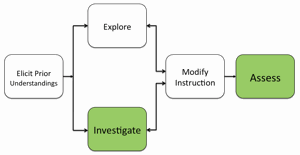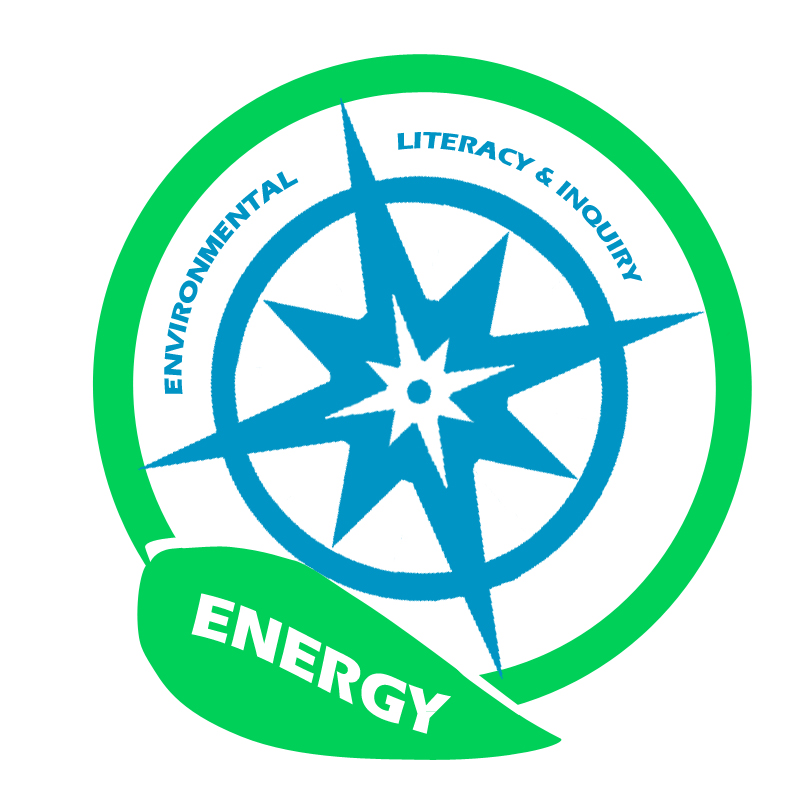Energy Policy for the Isle of Navitas
Students will write an energy policy statement for their province that is based on the energy needs of their province, available energy sources, and infrastructure for production and distribution. The energy policy should maximize the use of renewable energy sources and minimize environmental impact. Students must justify their combination of energy sources based on benefits, costs, and impact assessments.

- Inform students that they will write an energy policy statement and on the following day, they will develop a short 5-10 minutes PowerPoint presentation of their policy.
- Review student responses for questions 2-7 on the Investigating Energy Resources for the Isle of Navitas with My World GIS or Web GIS investigation sheet.
- Discuss the costs, benefits, and environmental impacts of each energy resource.
- Distribute the Energy Policy for the Isle of Navitas handout to each student.
- Review the first page of the Energy Policy for the Isle of Navitas handout with your students. Be sure that students understand how to interpret the data that is presented in the table. Emphasize the following:
a) The annual energy need for each province is listed in the first row of the table. Cambria requires 7,340 Megawatts (MW), Gaul requires 19,200 MW, and Iberia requires 33,900 MW.
b) In each province, different energy resources may contribute different amounts of energy. The maximum annual (yearly) amount of energy that could possibly be obtained from each energy resource that can contribute to a province’s total energy need is listed in the table. All values are in Megawatts (MW). For example, the maximum amount of tidal energy that could be developed by Cambria each year is 200 MW. Tidal energy can contribute up to 1,000 MW in Gaul and up to 10,000 MW in Iberia each year.
c) Some energy resources contribute 0 MW to a province. This means that this energy type does not have a source in the province. If a province wishes to use that particular energy resource, it must import that resource from a different province.
d) Each energy source has an environmental impact rating. The Impact domestic column in the table below lists the relative environmental impacts (as related to the potential energy produced) for each energy source if it is acquired and used in the same province. The larger values have greater environmental impacts than smaller numbers in this column.
e) The Impact imported column in the table below lists the relative environmental impacts for each energy source if it is acquired in one province and transported for use in a different province. These relative impact values are slightly larger that the values in the Impact domestic column. This is due to the fact that additional environmental impacts occur with transporting energy across provinces. Furthermore, additional infrastructure is also needed to move energy across provinces.
- Instruct students to write an energy policy statement that recommends the most efficient energy mix that will have the minimal environmental impact for their province and to justify their selections. The energy policy statement should include:
A) efficient combination of energy sources.
B) the locations in the province to locate new energy-generating plants.
C) major infrastructure (such as building facilities) required to develop the recommended energy sources.
D) major transportation infrastructure (such as existing highways, railroad tracks, pipelines, and grid) required for the recommended energy sources.
E) major benefits (such as free and unlimited supply, no/little pollution) of the recommended energy sources.
F) the environmental impacts of the recommended energy sources.
Important Note: Tell students that they will need to provide a justification for each part of their energy policy statement. You may wish to have students reference the resources on the Student Resources Web page to support their justifications.
- Instruct students to include graphics of their province that show locations of power plants, energy resources, and transportation infrastructure in their policy statement.
- Show students the Energy Policy Presentation Example.
- Distribute the Energy Policy for the Isle of Navitas Rubric to each group. Have students read the rubric. Tell students that their energy policy statement needs to address each rubric criteria.
- Have students begin to work on their policy statements.
- Ask students if they have any questions regarding the energy policy statement and respond to their questions.
- Have students self-assess their policy statements with the Energy Policy for the Isle of Navitas Rubric.
Implementation Note:
- If you have curriculum time constraints, you may wish to have students use the Energy Policy Presentation Template to construct the presentation. You may also wish to have students use the Energy Policy Presentation Template to outline their energy policy statement.
Materials Needed:
Handouts
Assessment Information
Energy Policy Scoring Guide-Province of Cambria (PDF / MS Word)
Visual Guide to Assess the Isle of Navitas Activity-Province of Cambria (PDF)
Energy Policy Scoring Guide-Province of Gaul (PDF / MS Word)
Visual Guide to Assess the Isle of Navitas Activity-Province of Gaul (PDF)
Energy Policy Scoring Guide-Province of Iberia (PDF / MS Word)
Visual Guide to Assess the Isle of Navitas Activity-Province of Iberia (PDF)
Energy Policy Presentation Example
Presentation Example (PPT)
Energy Policy Presentation Template
Presentation Template (PPT)
